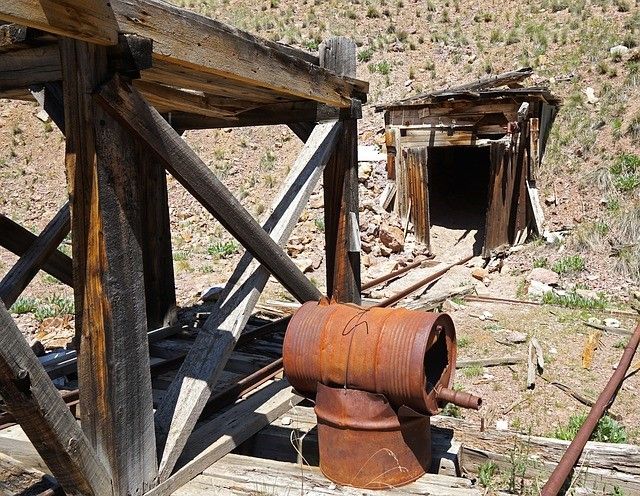
What happens to a mine when it has finished its productive life?
A recent report found Australia has some 60,000 abandoned mine sites — some dating back to the original Gold Rush itself — and raised concerns about how land is rehabilitated after mining finishes.
The report, by the Australia Institute, said there was evidence only “a handful” of those mine sites had been properly rehabilitated.
So, what is supposed to happen to a mine once it has passed its profitable prime?
The mine closure process
Once production on a mine stops, a small labour force remains behind to shut down and decommission the site. This involves removing completely the machinery that can be, or needs to be, removed. Often this is taken to another site or sold. Pipes are drained and scrapped, sheds are pulled down and all the rubbish and waste are removed.
After that, remediation and rehabilitation can begin (and this is the stage which the Australia Institute report says is not often happening). Best practice requires returning the land and any local watercourses to “an acceptable standard”. That involves making sure the land is stable and that water is of sufficiently high quality — which is not always easy, depending on what has been mined and what chemicals have been used in the process.
At this stage any hazardous materials are removed from the site, topsoil is restored and native plants, including grasses and trees, are replanted. Nature, at this point, is meant to get on with the process of “reclaiming” the site. But it doesn’t do that on its own. There are meant to be monitoring programs in place to track how effective the reclamation process has been, so that action can be taken to fix any problems that might arise.
There may also be ongoing maintenance. For instance, the water at some sites needs ongoing treatment to ensure it is safe for the environment.
What are the rules about mine site remediation?
For more than a century there were no rules governing site remediation at all. It wasn’t until the 1970s that rules began to be put in place that people today would recognise as anything like “remediation”. This is, partly, the reason Australia has so many abandoned and potentially dangerous mine sites — from unmarked mineshafts to the unstable sides of old open pits.
As a result of the potential hazards to both people and the environment, governments around the world have put regulations in place in a bid to ensure some level of remediation is in place. These often start before a new mine is even allowed to go ahead, with strict environmental conditions being placed on their approval.
Governments are also working to clean up old mine sites, which represent very expensive (indeed, billion dollar) liabilities. In 2012, for example, the New South Wales auditor general declared that: “derelict mines may represent the largest category of contamination liability for the state”. And one of Australia’s most famous miners, Clive Palmer, was ordered by the Government in 2013 to clean up some 300 abandoned mine sites. Often, though, it is hard to determine who should actually be responsible for remediating a site, so it falls to the government.
Australia now has a national mine remediation policy, which you can read here.